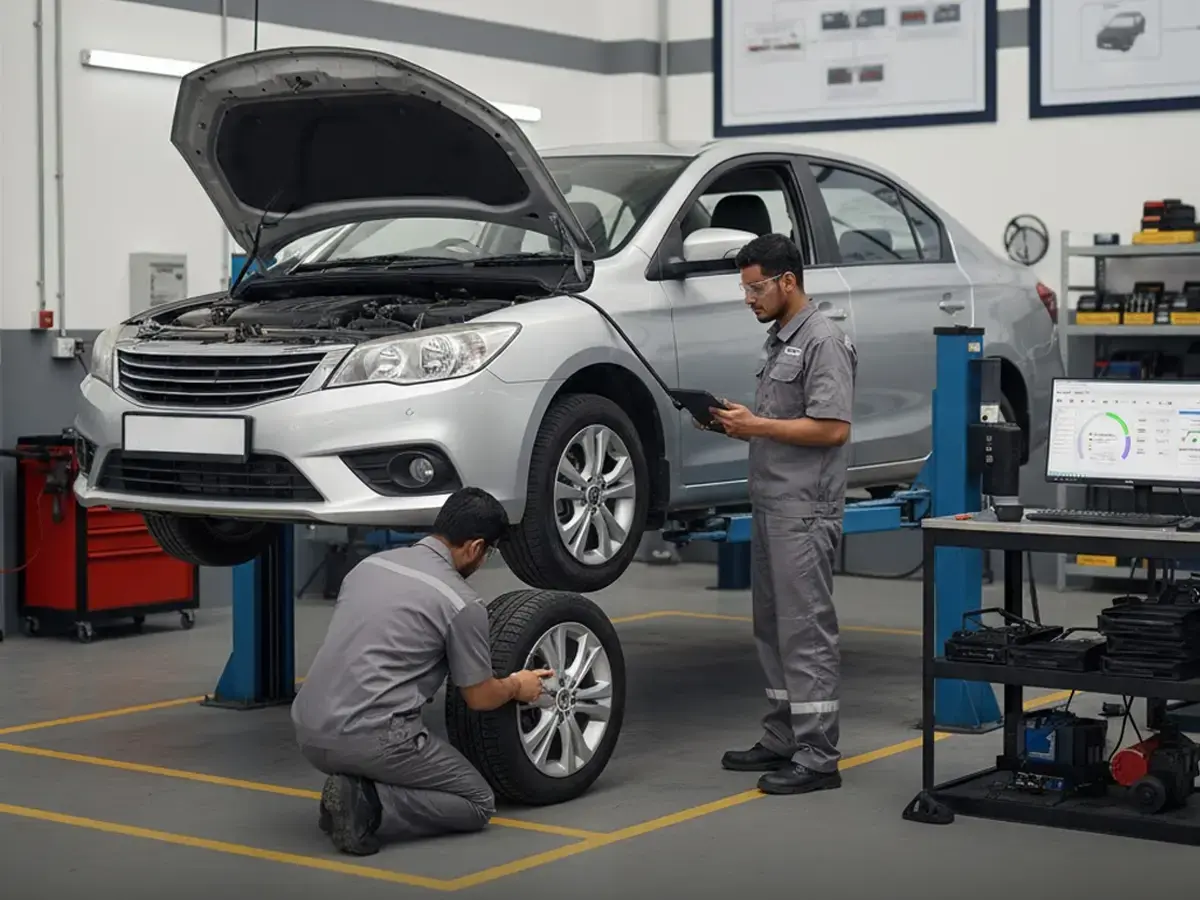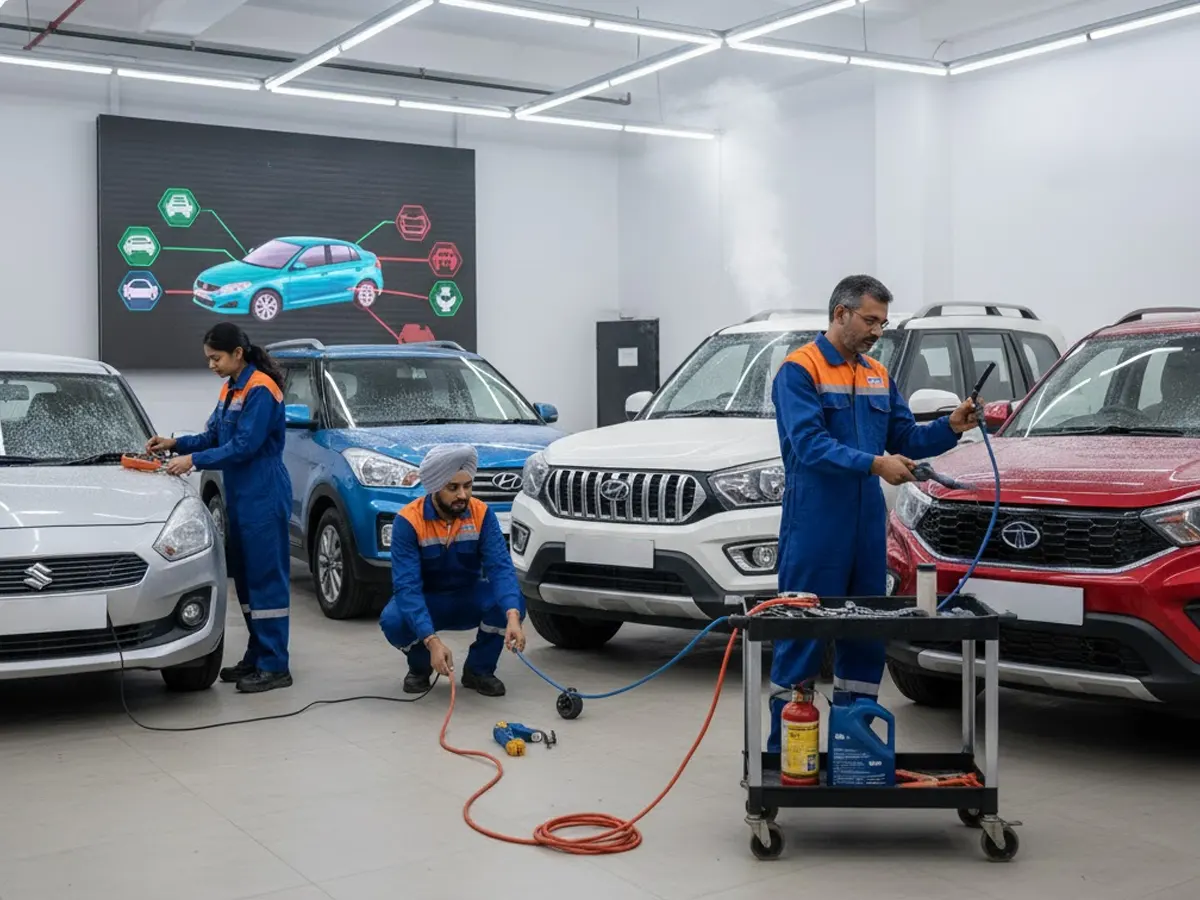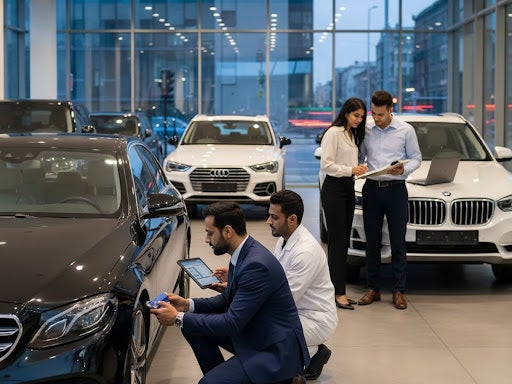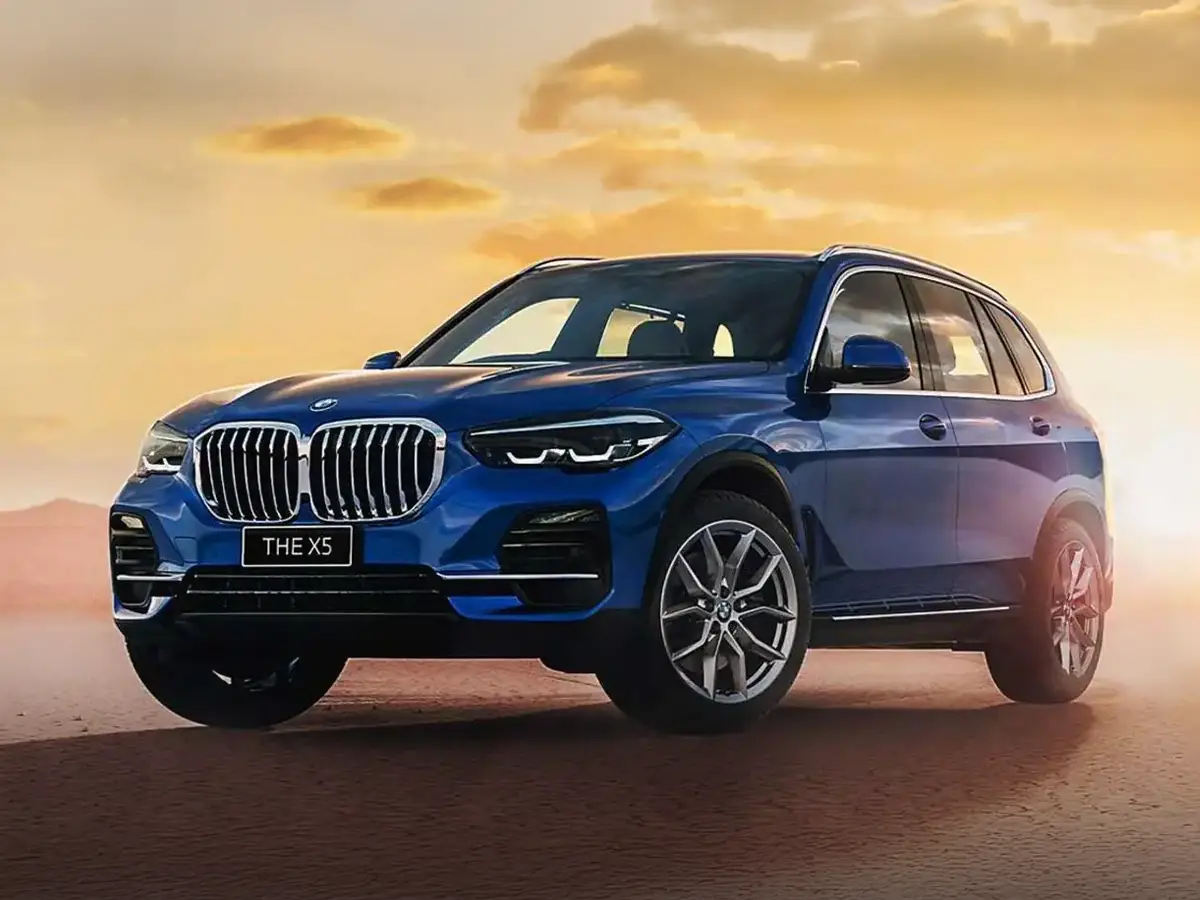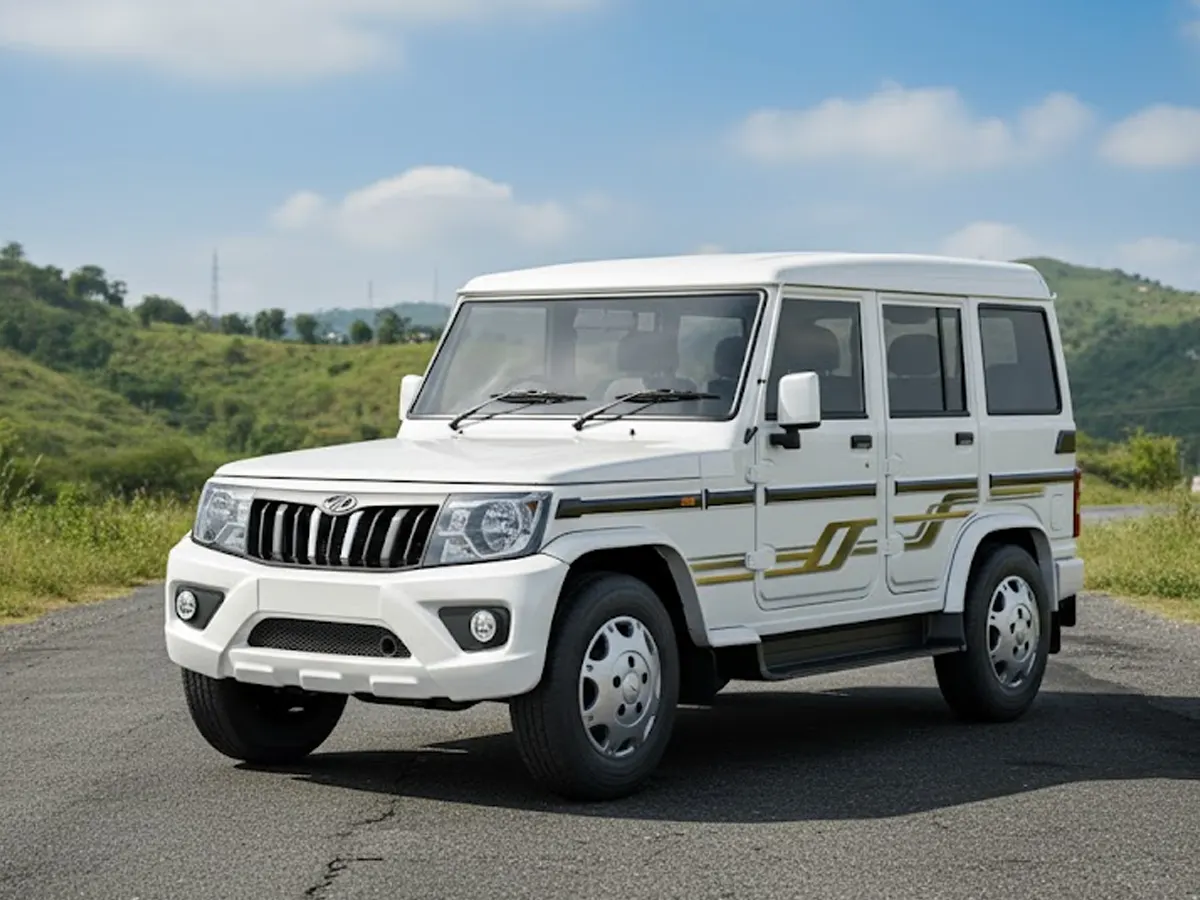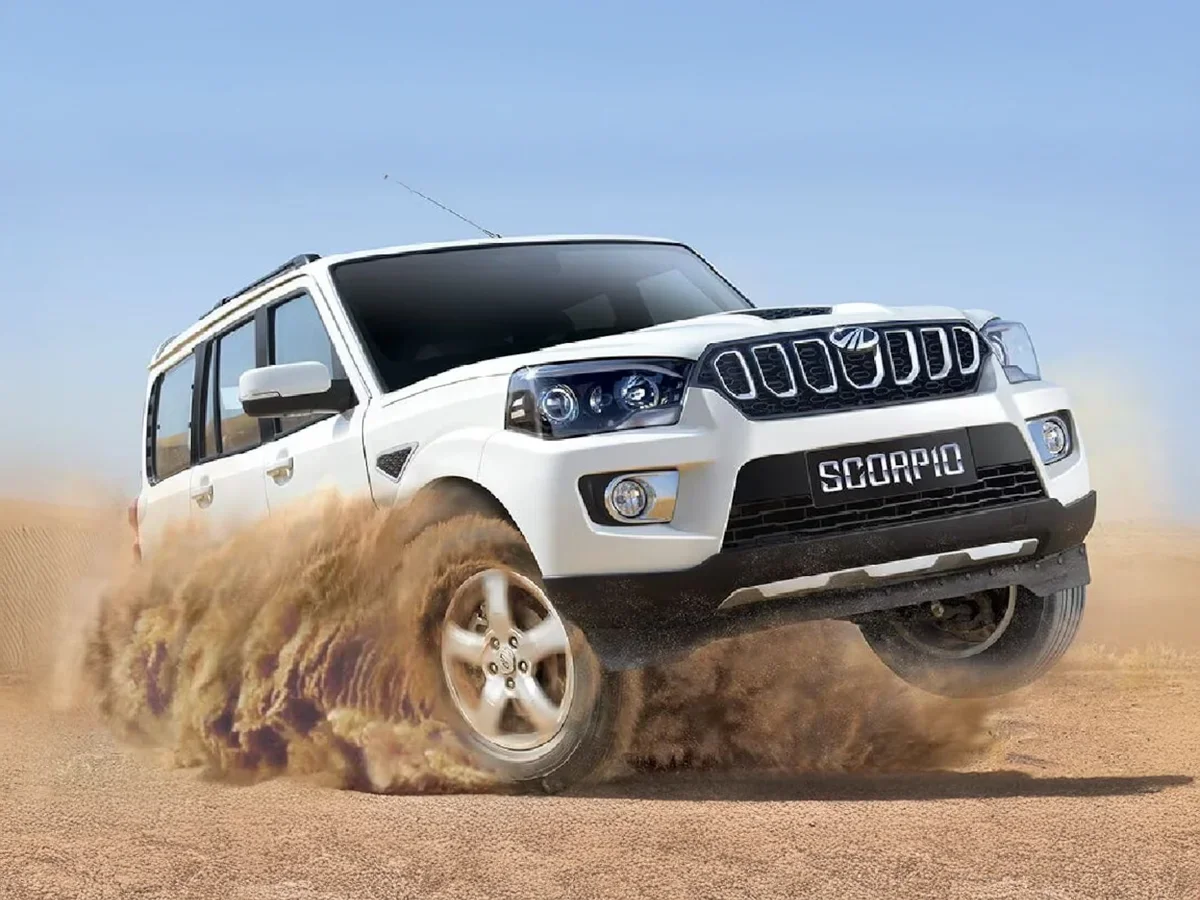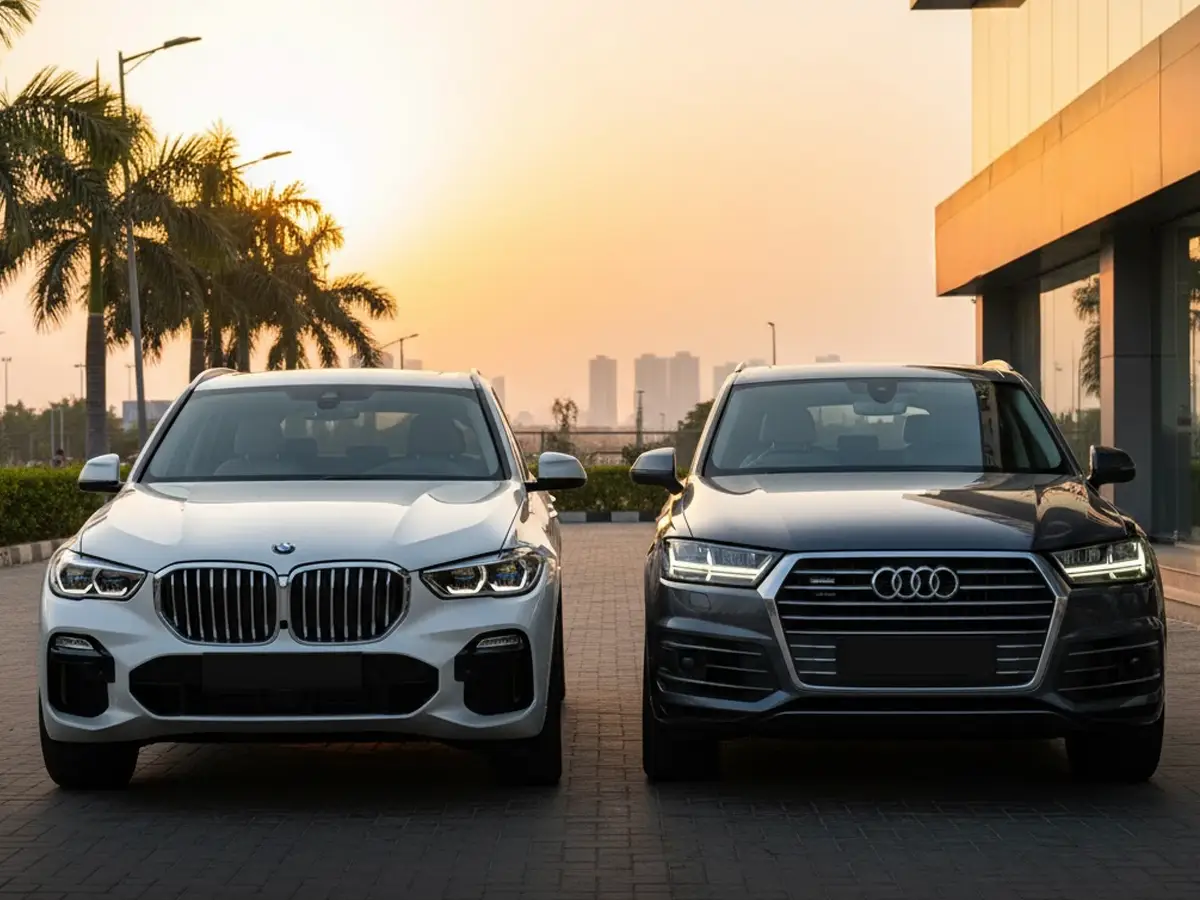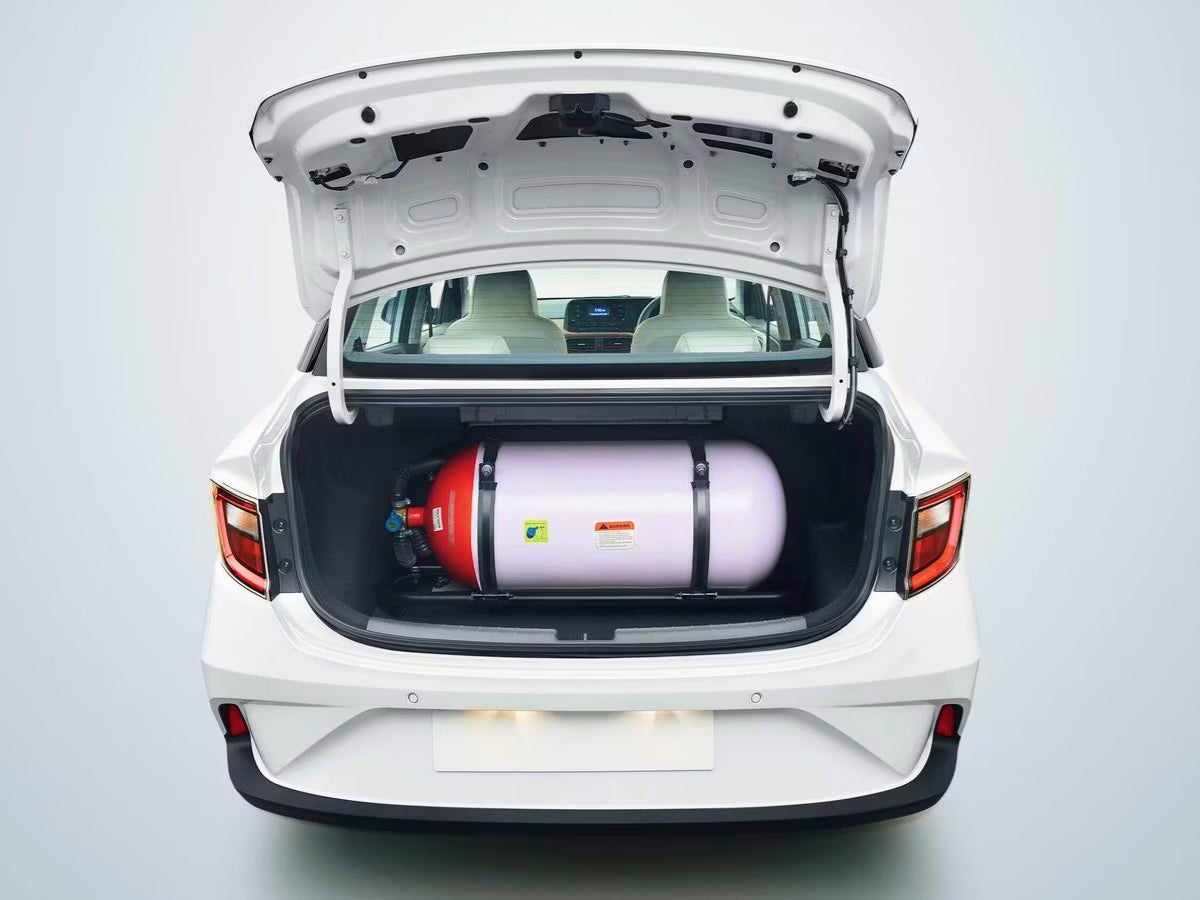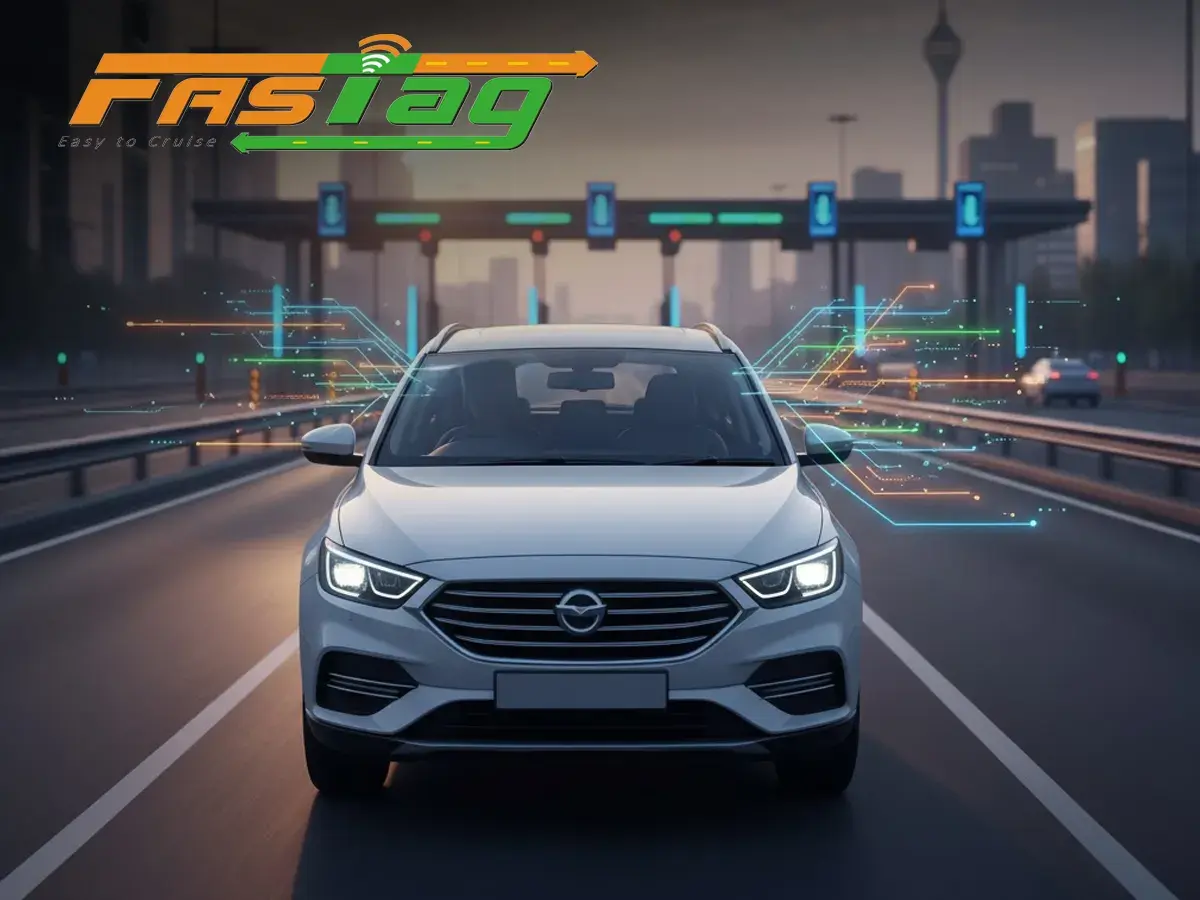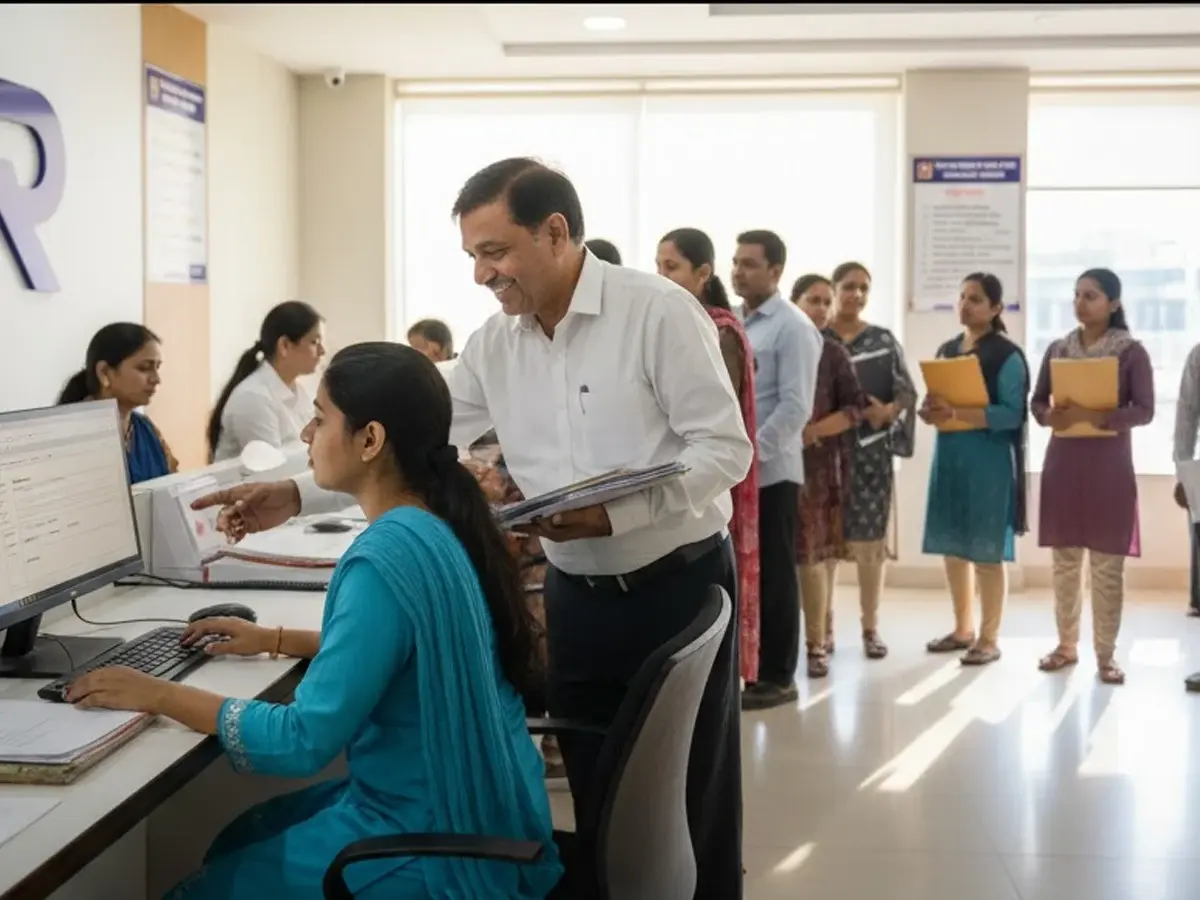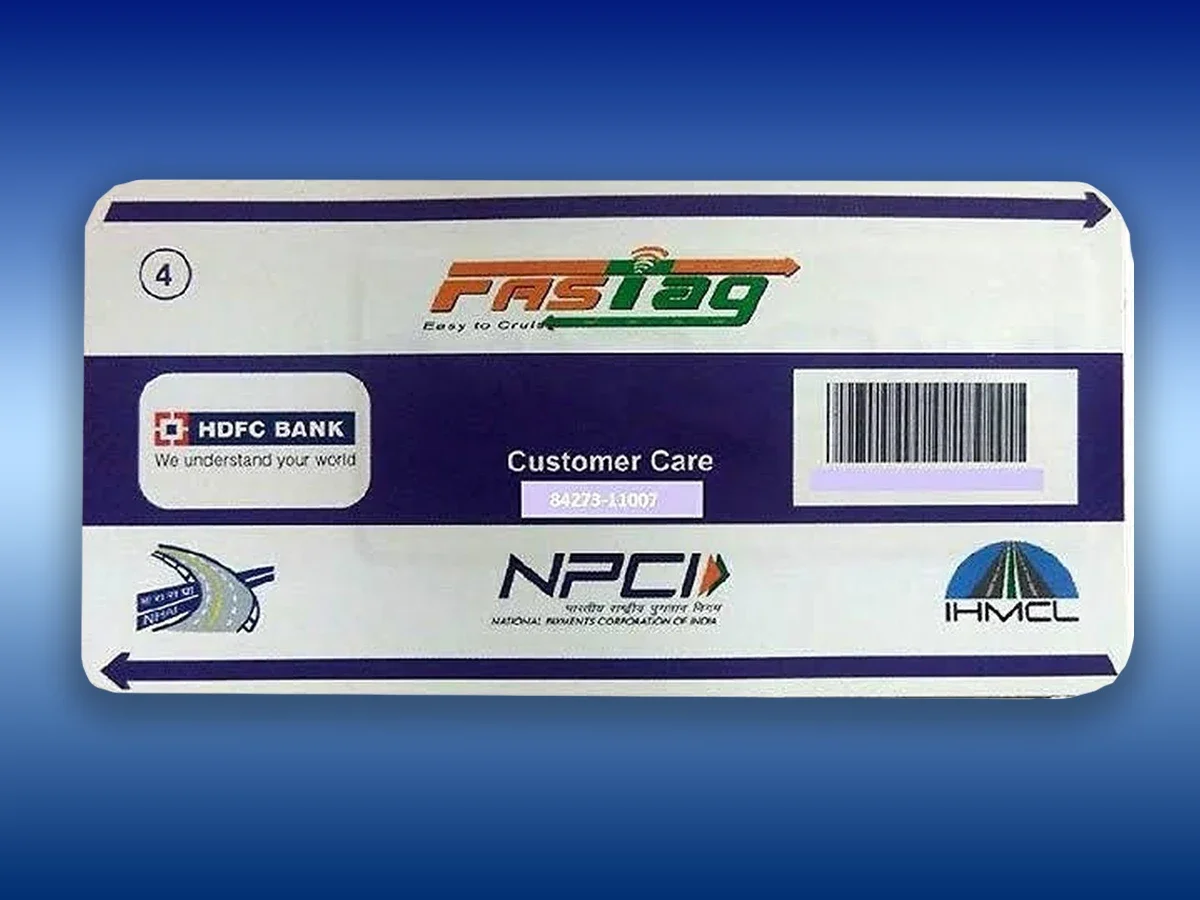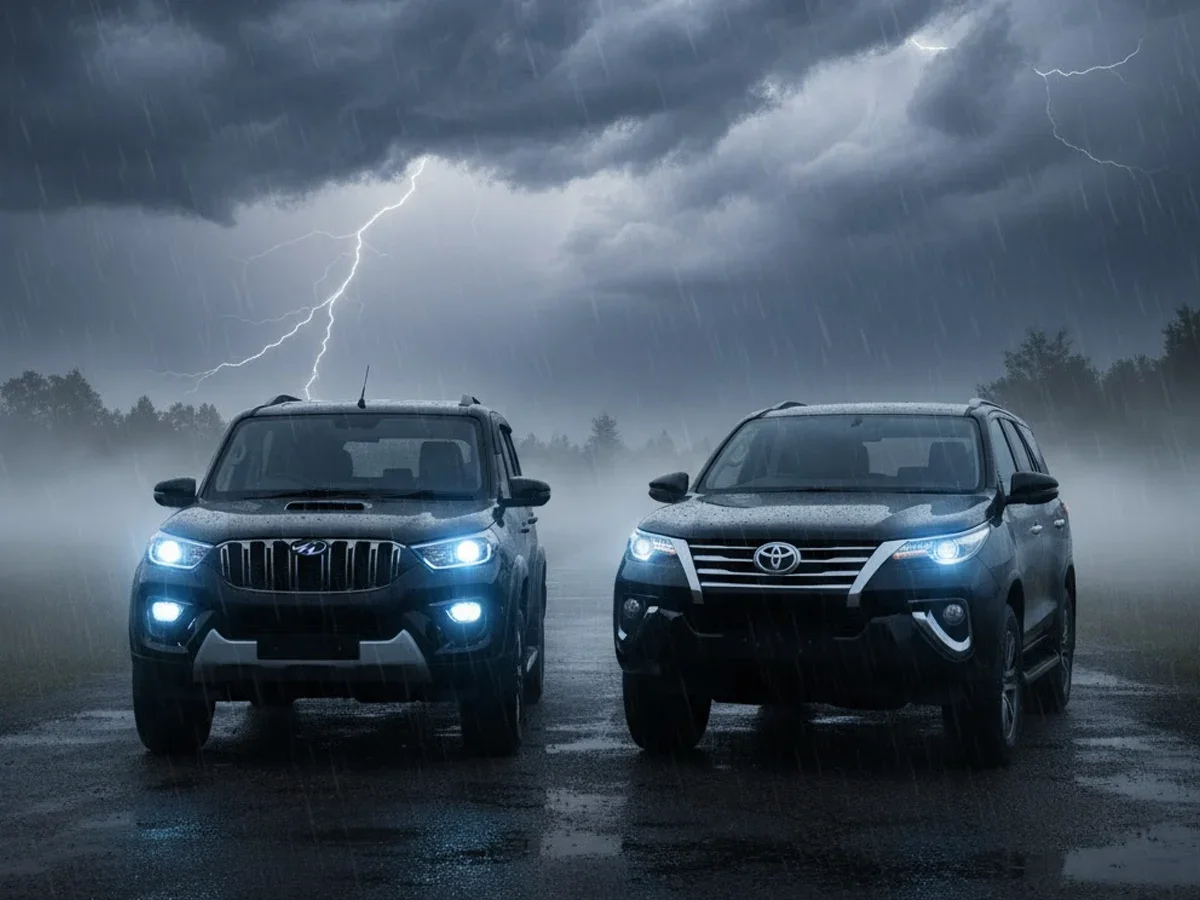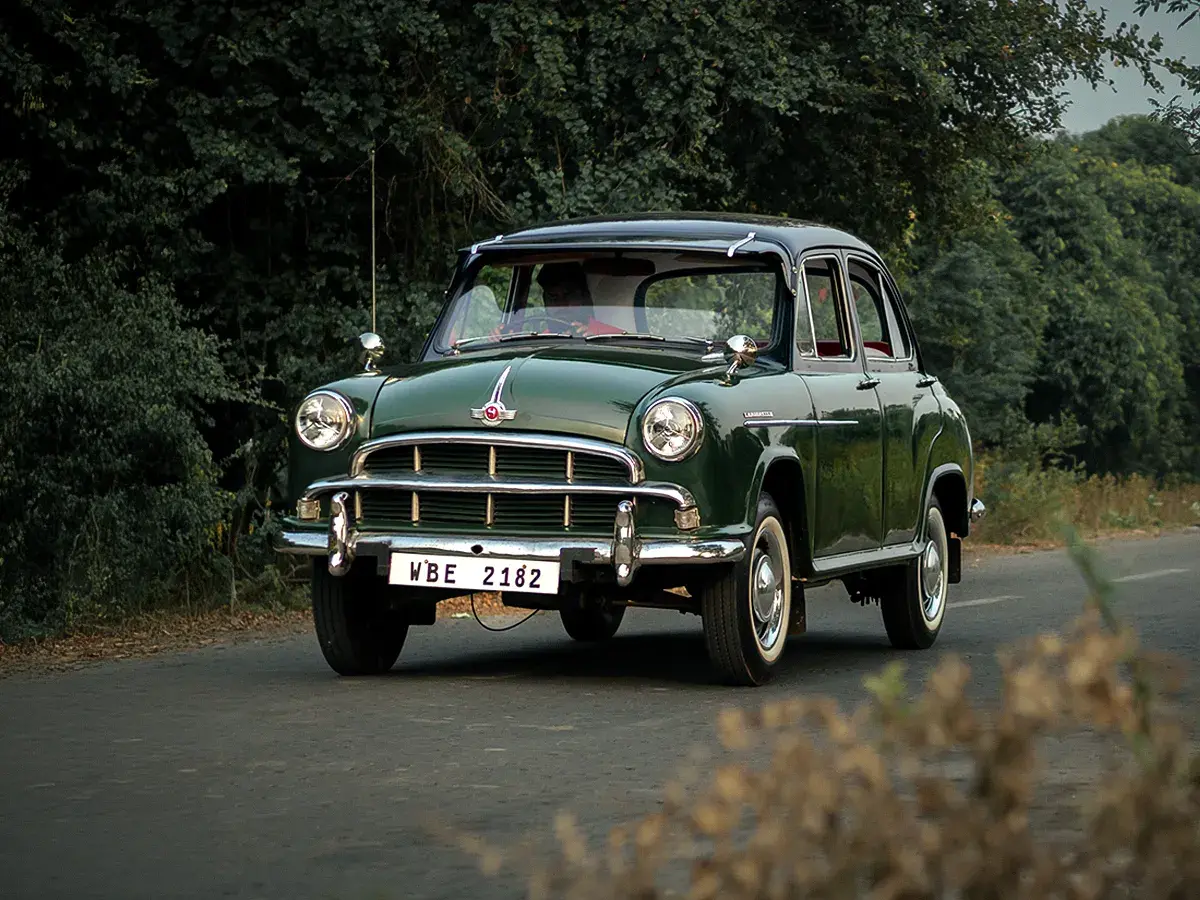

Hindustan Ambassador Car: India’s Most Iconic Ride of Pride
- 1Born from the Morris Oxford, Ambassador is India’s true motoring icon
- 2It was the symbol of pride for ministers, diplomats, and families alike
- 3After five decades, it faded away as modern cars took over Indian roads
There was a time when power in India did not arrive in silence. It rolled in slowly, wrapped in white paint, and carried an unmistakable chrome grille at the front. It was none other than the Hindustan Ambassador. For over five decades, the Ambassador Car was more than just a car; it was a statement of authority, comfort, and class. You could spot one gliding out of Parliament House, waiting outside North Block, or parked outside an old government bungalow under the shade of a tree.
From ministers rushing to meetings to taxi drivers weaving through city traffic, the Ambassador served every purpose with the same subtle dignity. Its wide seats cradled thousands of stories, cabinet secrets, election journeys, wedding trips, and sleepy school rides. The Ambassador car was India’s moving companion through decades of change.
It had a spacious cabin, rugged body, a regal stance, and a dependable chassis that made it the logical choice for politicians and administrators alike. Here we will go through the birth of the Ambassador car, its evolution over the years and the legacy it left behind.
Ambassador Car Evolution Story
The origins of the Ambassador car can be traced to Britain in the middle of the 20th century, when the Morris Oxford series was popular. In 1957, Hindustan Motors, an Indian manufacturer, brought the car to the Indian market after acquiring the tooling and rights. The Morris Oxford Series III was a major influence on that initial model, which was modified for Indian roads with stronger suspension and thicker beams.
Its designation as "Ambassador" indicated that it was more than just a small saloon. It met the requirements of official duty and daily dependability, according to Indian officials. The vehicle established a new standard for government transportation and supplanted previous models such as the Landmaster.
Before getting into the Ambassador, let’s learn about its predecessor, the Hindustan Landmaster.
Hindustan Landmaster (1954–1957)
The Landmaster laid the foundation of the Hindustan Ambassador. It was based on the Morris Oxford Series II and was assembled by Hindustan Motors in their Uttarpara facility in West Bengal.
The Landmaster was powered by a 1489 cc petrol engine coupled to a four-speed manual gearbox, delivering 40 bhp of power. The car featured a solid, upright stance with rounded headlamps, a wide chrome grille and sturdy bumpers. The Landmaster was admired for its durability and roomy cabin, and it successfully set up the stage for what would later become India’s most iconic car, the Ambassador.
Ambassador Mark I (1957–1963)
In 1956, Hindustan Motors acquired the licence for the Morris Oxford Series III, which was called ‘Ambassador’ for the Indian market. In 1957, HM started assembling the car in West Bengal. The first model carried a 1476 cc petrol engine with side valves, producing around 40 bhp. Its four-speed manual transmission drove the rear wheels, and its mechanical simplicity made it a mechanic’s favourite.
The body of the Ambassador car saw only subtle changes when it was manufactured in India. The design changes included a smoother front grille and integrated fenders, while retaining the curvy British saloon charm. In 1959, the car received a 1489 cc overhead-valve BMC B-series engine that delivered 55 bhp and had much better reliability than the previous engine.
Ambassador Mark II (1963–1975)
The 1962 Mark II gave the Ambassador a more polished and contemporary identity. It featured a redesigned front grille with horizontal slats and circular indicators, bringing a refreshed facia. The engine was the same tried-and-tested 1489 cc OHV petrol engine with slightly improved refinement.
It was the Ambassador Mark II which gained popularity among the bureaucrats and government departments for its soft suspension, reliability, and comfortable back seats. The Mark II remained in production for over a decade with minor changes, cementing the Ambassador as a symbol of Indian authority and endurance.
It was also the time when not many options were available in the Indian car market, leading to the popularity of the Ambassador car.
Ambassador Mark III (1975–1979)
Just after four years of the Mark III, Hindustan Motors decided to introduce a refreshed version of the already popular Ambassador car. After the Mark II came the Mark III. This version had subtle cosmetic updates such as a black mesh grille and new taillamp clusters.
However, the majority of changes were inside the car. The Mark III received improved seats and better instrument cluster placement. The engine was the same 1489cc unit that had been serving the car for around 18 years with the launch of the Mark III.
Unlike the previous Ambassador, which came in a single variant, the Mark III got two trims, Standard and Deluxe. This gave buyers a choice of basic or more premium features.
Ambassador Mark IV (1979–1990)
The Mark IV arrived in 1979 with the most significant facelift yet. A new rectangular front grille, revised headlamps, and fresh bumper design gave the car a bolder stance. But the real breakthrough lay under the bonnet; HM introduced a diesel engine option for the first time.
The Ambassador car got a 1489 cc BMC B-series diesel engine making 37 bhp of power. While the power output might not sound great, it delivered excellent fuel efficiency, which made the diesel Mark IV popular among taxi operators and official government use. Back then, diesel cars were restricted to private ownership.
During the reign of Ambassador Mark IV, HM also launched the Contessa in 1984 in a bid to replace the ambassador. The Contessa was a way more modern, felt luxurious and had better performance. Despite it, the Ambassador continued with higher sales.
Ambassador Nova (1990–1991)
Maruti cars were gaining popularity among private buyers, as Maruti cars (especially the Maruti 800) were cheaper to purchase and maintain than the Ambassador. Also, the Indian economy saw controlled liberalisation, which caused multiple foreign car makers to enter India. Complete economic liberalisation was achieved in 1991, after which many car manufacturers from around the world slowly invested in India and launched their modern cars.
It was in the 90s when Ambassador’s age started to show up. Basically, it was the same car since 1957 without any radical changes. So, to tackle the competition, HM introduced better brakes, a new steering column, new electrical system in the car, making it easier to live with.
However, the engines remained the same; the petrol engine produced 55 bhp from the 1489 cc engine, while the diesel variant continued with 37 bhp. These changes made the Ambassador car more appealing to private buyers at a time when competition from Maruti and Premier was growing rapidly.
Ambassador 1800 ISZ (1992–1997)
With the Ambassador Nova, the Mark series ended and in 1992 came another wave of freshness in the iconic car. HM sourced a 1.8-litre (1817 cc) inline-four petrol engine from Isuzu. This engine produced 75 bhp, making the Ambassador one of the most powerful cars in the country.
This new engine from Isuzu transformed the Ambassador’s performance and refinement, bringing it closer to modern sedans of the time (Maurti 1000). Ambassador 1800 ISZ also featured a new dashboard design with instruments placed directly behind the steering wheel, replacing the older central cluster.
Once counted as a car of pride and power, the Ambassador got a new lease of life with a modern and more powerful engine. But the time has something else written for this iconic piece of machinery as its sales continue to fall despite all the changes.
Ambassador Classic (1998–2002)
With more and more modern cars being launched in the country with modern design, better driveability, and fuel efficiency, the Ambassador was struggling to woo private buyers. It was merely servicing the taxi drivers.
To stay in the market, Hindustan Motors launched the Ambassador Classic. This version had multiple engine choices - the old 1.5-litre petrol engine, Isuzu-sourced 1.8-litre engine and a new 2.0-litre Isuzu-sourced diesel engine.
Like always, HM improved the interiors with new seat fabric, better insulation, and more refined suspension tuning. This version brought in power steering and optional air conditioning in top variants. However, none of these worked to entice the private car buyers who were more inclined towards modern cars from other brands.
Ambassador Grand (2003–2014)
Ambassador Grand was another try from the HM to keep the car alive and fresh with over 130 improvements. The improvements were done in almost all the areas, including body panels, comfort and noise insulation. But with the design of the 1960s, nothing was going to keep bringing the sales numbers.
The ride quality was much improved, the interior felt comfortable and welcoming, but it was no match for the other sedans from the foreign car makers like Maruti Suzuki, Honda, Chevrolet, Skoda and more.
The Grand failed to meet Bharat Stage 4 emission standards and had to stall sales in 13 major cities where BS4 emission norms were enforced in 2010. Due to this, the sales of the diesel version dropped sharply, and so did the image of the car.
Ambassador Avigo (2004–2014)
Alongside the Grand, HM launched the Ambassador Avigo. It was among the last of the models before the car was discontinued in 2014. Launched in 2004, it was designed to evoke nostalgia while adding a touch of elegance. Its rounded headlamps and retro-inspired front fascia paid homage to the original 1950s Ambassador, but underneath it carried years of mechanical refinement.
Market Role And Sales Trajectory
For over five decades, the Ambassador car dominated taxi fleets, government offices, and top-level officials’ garages. It appeared in innumerable official processions and became synonymous with authority and officialdom.
At the peak of its volumes during the 1970s and 1980s, Ambassador sold over 20,000 units annually. The market share was above 70% until Maruti and other car makers stepped into the game.
The Ambassador’s downfall was driven by its ageing design, inability to meet modern emission norms, and Hindustan Motors’ lack of innovation or technical capability to develop a contemporary version with advanced features.
At present, the Ambassador car enjoys a second life among collectors, enthusiasts, and restoration specialists who value its heritage and distinctive ride quality. Vintage taxi-spec Ambassadors continue to survive in city fleets, and some owners treat them as rolling history pieces. The strong emotional resonance helps maintain enthusiastic interest despite the car being mechanically dated.
The Future of Ambassador Car
It is a well-known fact that Hindustan Motors sold the rights of its Ambassador brand to the French automaker Peugeot for ₹80 crore in 2017. In 2022, HM and Peugeot are said to have been working on a new avatar of Ambassador, which might launch in the near future. It is still not known whether the car with have a petrol powertrain or an electric one.
However, in today's market, there is a sizeable population with high disposable income and a trend for neo-retro cars, which might work for the modern Ambassador car with retro design elements.
Final Thoughts
Once India’s highest-selling car, a car which started self-reliance in the motoring industry post-independence, slowly left the market due to a lack of innovation and a preference shift. India’s motoring story would be missing an essential element if we take out the Ambassador car from it. It actually was an era of solidity, dependability and governmental preference.
Like no one would like to own a mobile phone with a keypad, similarly, no one wanted to purchase a car with a 5-decade-old design. It was the main cause of the decline of a car that was once India’s National Car.
